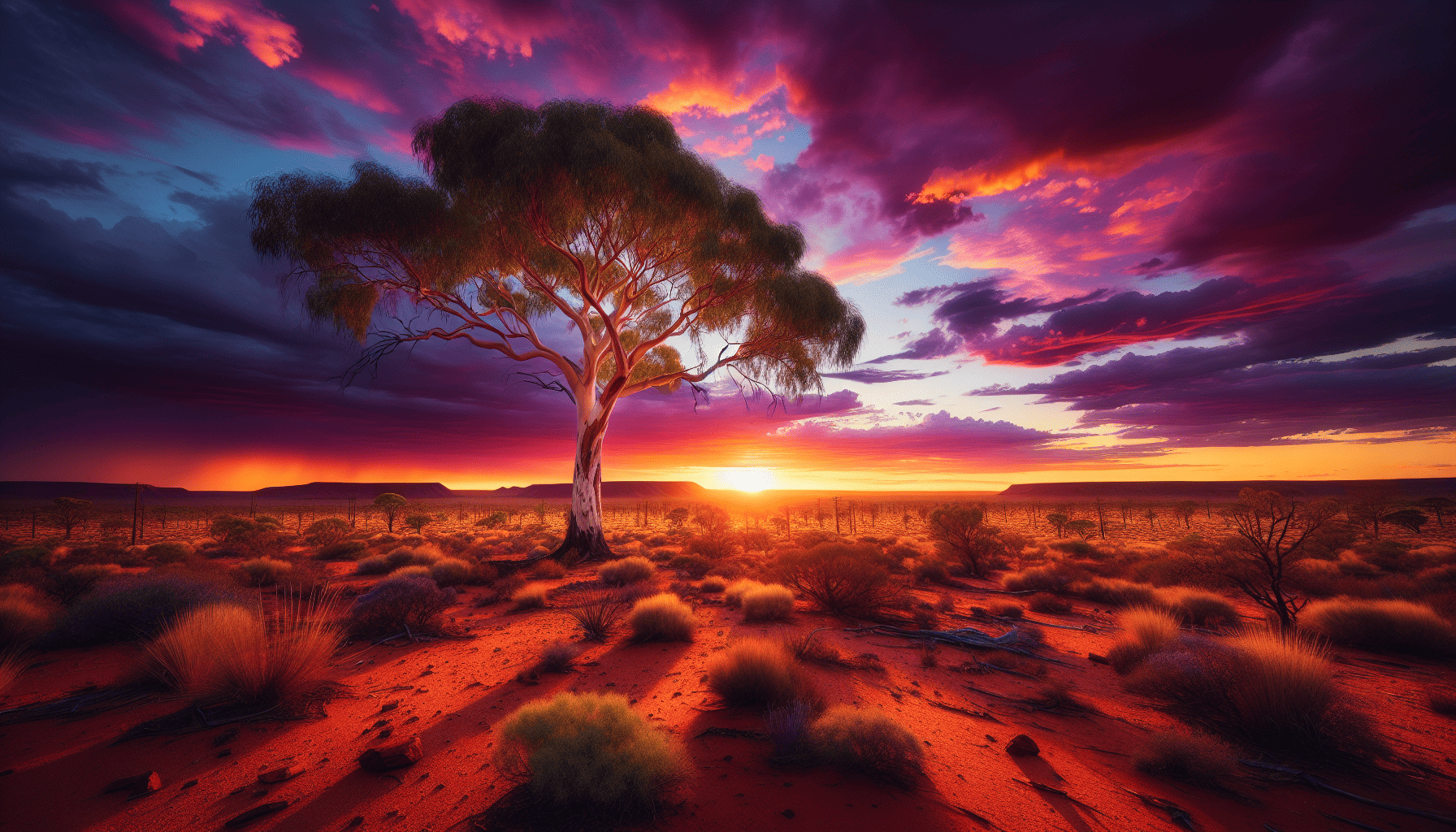Australia, with its vast array of breathtaking landscapes, is a paradise for landscape photographers. From the sun-kissed coastlines of the Great Ocean Road to the ancient, rugged beauty of the Outback, the opportunities for capturing stunning wilderness compositions are endless. To master landscape photography in Australia, photographers must not only understand the fundamentals of photography but also the nuances that make each location unique.
Preparation & Research
The journey to capturing the perfect shot begins long before stepping into the field. Research is paramount. Study seasonal changes and weather patterns, as they can dramatically alter the appearance and accessibility of a location. For instance, the vivid red of Uluru is often best captured during sunrise or sunset when the illumination creates magical hues. Familiarizing yourself with the local wildlife and flora can also enrich your compositions with authentic elements of the Australian landscape.
Timing is Everything
Golden hours—those moments right after sunrise and just before sunset—are pivotal for landscape photographers. The soft, diffused light during these times enhances textures and shadows within your compositions. In Australia, the interplay of light can transform landscapes, turning the Twelve Apostles into awe-inspiring silhouettes or casting a golden glow over the Sydney Opera House. Patience is key; sometimes the most ethereal shots come from waiting for just the right moment.
Composition Techniques
Mastering composition entails understanding the elements that draw viewers into your photographs. The rule of thirds is a foundational technique that can accentuate a landscape's balance and harmony. Incorporate leading lines, such as pathways, rivers, or fences, to guide the viewer’s eye through the image. In the towering forests of Tasmania or along the expansive beaches of Byron Bay, such lines can create a natural sense of movement and depth.
Incorporating foreground interest, like unique rock formations or lush vegetation, adds layers to your image and provides context to the grandeur of the scene. Experimenting with angles and perspectives, such as getting low to highlight foreground textures or capturing aerial views with drones, can offer fresh takes on even the most photographed landmarks.
Equipment Essentials
While state-of-the-art gear isn’t necessary to create stunning images, some considerations can enhance your shooting experience. A sturdy tripod is indispensable for long exposure shots, crucial for capturing dynamic seascapes along Australia’s coastline or the starry night skies of the Outback. Wide-angle lenses are excellent for encompassing the vastness of landscapes, but don't shy away from telephoto lenses, which can isolate and dramatize specific elements of a scene.
Filters, such as polarizers and neutral density (ND) filters, can be invaluable. A polarizer will reduce glare and boost colors, enhancing the vivid hues of Australia’s coral reefs or the lush greens of the Daintree Rainforest. ND filters allow for longer exposure times, perfect for conveying motion in crashing waves or fast-moving clouds.
Preserving the Environment
As you capture the beauty of Australia’s landscapes, it is vital to do so with respect for the environment. Follow the Leave No Trace principles, ensuring that your presence does not mar the sublime beauty you're striving to capture. Stay on designated paths, carry out all rubbish, and be mindful of fragile ecosystems. Remember that the preservation of these landscapes ensures their continued splendor and availability for future generations of photographers and nature lovers alike.
In conclusion, mastering landscape photography in Australia involves an intricate dance of preparation, technique, and respect for the natural world. By harnessing the unique qualities of the land and implementing thoughtful shooting practices, you can transform ordinary moments into extraordinary photographs that tell the story of this magnificent continent. Happy shooting!
